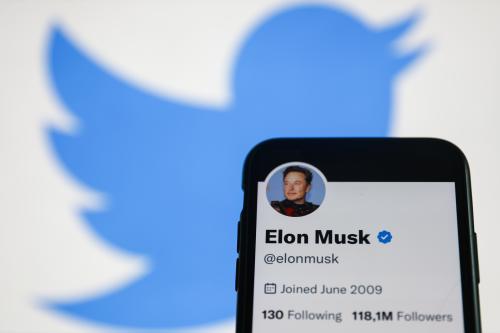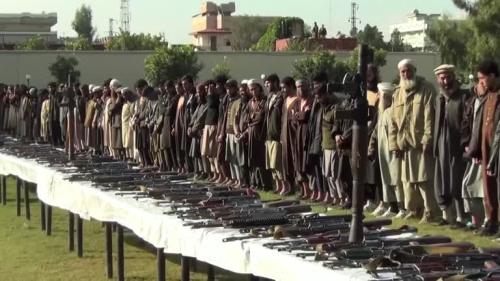It has been exactly one month since President Bush announced the capture of Saddam Hussein. American officials interrogating Mr. Hussein are obviously interested in what he knows about illegal weapons programs in Iraq, human rights violations and other crimes. Whether he will cooperate remains to be seen.
But there is another line of questioning officials might pursue—one that depends less on the cooperation of Mr. Hussein than on the assistance of the United States Federal Reserve Bank. Among Mr. Hussein’s possessions when he was captured was three-quarters of a million dollars in United States currency in crisp new bills. Whence came the gentleman’s stash?
Answering this question would help our understanding of terrorist financial networks. And if the cash is sequentially numbered, as is likely, then the question could be easily answered.
All United States currency is printed by the United States Mint, to the order of one of the 12 banks of the Federal Reserve system. It comes into circulation through a bank that has an account at the Fed for which it was printed. The Fed deducts the face value of the bills from that account, and an armored car takes them to their new owner.
That regional Federal Reserve Bank keeps a record that identifies the purchasing bank. And the purchaser knows how it disposed of the bills. When they are found all together, it means that the bank that bought the bills did not feed them out from the teller window or the cash machine, but delivered them to a single customer.
And the bank knows who that customer was. Between, say, Philadelphia and Iraq, there is no doubt a chain, perhaps involving banks in the Cayman or Channel Islands, in Abu Dhabi or Dubai. Still, each bank in the chain can give the name of the customer to which it gave these bills.
Although Saddam Hussein’s government had many sanctions against it, it may well be that no laws were broken in the passage of the Federal Reserve notes from the mint to Tikrit. But it would be interesting to know which banks were collaborators in getting that cash to the tyrant of Iraq.
Unfortunately, the search for these witting or unwitting collaborators cannot even get started, because the Federal Reserve Board will not permit regional banks to reveal the identity of the purchasers of large blocks of United States currency. There is no law that prohibits such disclosure; it’s simply a Fed policy. Yet in this age of payroll services and electronic payments, there are few legitimate uses outside the banking system for very large orders of hundred-dollar bills.
The Fed has always resisted placing American banks under obligation to reveal skulduggery, whether it involves drug smuggling, commercial fraud, terrorism or other international conspiracy. Banks are not, the Fed insists, law enforcement agencies. It may be that the F.B.I. has access to the Fed’s records—a spokesman for the Fed, after checking with the main office, would not say yea or nay—but it is not clear that the F.B.I. has authority to continue such searches beyond American borders.
The Fed’s manual on the Bank Secrecy Act still says that “know your customer” rules, while desirable, are “not presently required by regulation or statute”—though the Patriot Act has spawned some rules on the identification of new customers. At any rate, the manual says rather mysteriously, such rules “should not interfere with the relationship of the financial institution with its good customers.”
Senators Charles E. Grassley and Max Baucus, chairman and ranking member, respectively, of the Finance Committee, complained to the Treasury Department last year that not enough has been done to keep the financiers of terrorism from paying their bills through the American financial system. Perhaps Congress should tell the Fed to release its hold on information about which banks supply the bundles of cash that facilitate international crime.
The Brookings Institution is committed to quality, independence, and impact.
We are supported by a diverse array of funders. In line with our values and policies, each Brookings publication represents the sole views of its author(s).



Commentary
Op-edFollow the Money
January 14, 2004